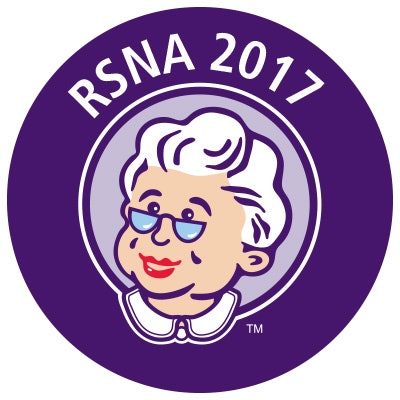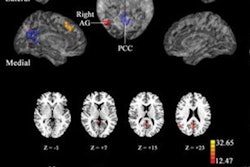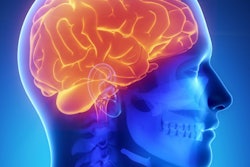
Smartphones are nearly ubiquitous these days, but it may be wise -- for your brain's sake -- to avoid overusing these powerful devices. In a presentation on November 30 at the RSNA 2017 meeting, researchers shared evidence that addiction to smartphones and the internet can create an imbalance in brain chemistry.
A group from Korea University in Seoul used MR spectroscopy to evaluate the brains of smartphone- and internet-addicted teenagers, along with the brains of healthy subjects who served as controls for the study. The researchers found that the ratio of the neurotransmitter gamma aminobutyric acid (GABA) to the neurotransmitter glutamate-glutamine (Glx) was significantly higher in the anterior cingulate cortex of teenagers who were addicted to smartphones and the internet than in the healthy controls. GABA inhibits or slows down brain signals, while Glx causes neurons to become more electrically excited.
"The increased GABA levels and disrupted balance between GABA and glutamate in the anterior cingulate cortex may contribute to our understanding the pathophysiology of and treatment for addictions," said Dr. Hyung Suk Seo of Korea University in an RSNA statement.
The research project involved 19 teenagers -- including nine males -- with a mean age of 15.5 years who were diagnosed with internet or smartphone addiction. There were also 19 gender- and age-matched healthy controls. Of the addicted youth, 12 received nine weeks of cognitive behavioral therapy, which was modified from a cognitive therapy program for gaming addiction.
The severity of the addiction was measured using standardized internet and smartphone addiction tests, which include questions designed to ascertain the extent to which internet and smartphone use affects daily routines, social life, productivity, sleeping patterns, and feelings. These test results showed that the addicted teenagers had significantly higher scores for depression, anxiety, insomnia severity, and impulsivity.
Next, the researchers performed MR spectroscopy on the addicted youth, both before and after the subjects received behavioral therapy, as well as on the control patients. All MR spectroscopy studies measured the levels of GABA and Glx. GABA has been shown in previous studies to be involved in vision and motor control, as well as the regulation of various brain functions such as anxiety, according to the researchers. Too much GABA can result in side effects such as drowsiness and anxiety.
Compared with the healthy controls, the teenagers who were addicted to smartphones and the internet had significantly higher ratios of GABA to Glx in the anterior cingulate cortex prior to receiving therapy. The ratios of GABA to creatine and GABA to glutamate correlated significantly with clinical scales of internet and smartphone addiction, depression, and anxiety, according to the researchers.
Although more research is needed to understand the clinical implications of the findings, Seo said he believes the increased GABA may be related to the functional loss of integration and regulation of processing in the cognitive and emotional neural network. In good news, the researchers found that the GABA to Glx ratios in the addicted youth significantly decreased or even normalized after cognitive behavioral therapy.




.fFmgij6Hin.png?auto=compress%2Cformat&fit=crop&h=100&q=70&w=100)




.fFmgij6Hin.png?auto=compress%2Cformat&fit=crop&h=167&q=70&w=250)











